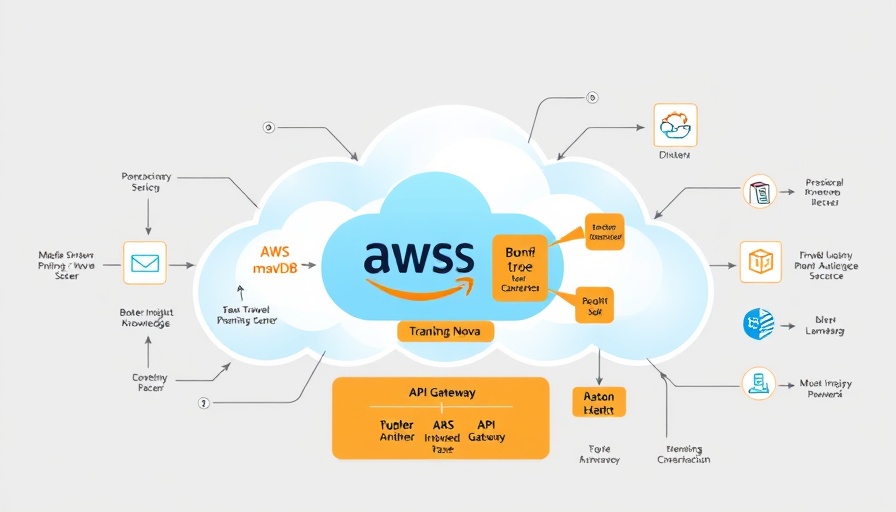
Why Retaining Top Talent During M&A Is Essential
In the tumultuous landscape of mergers and acquisitions (M&A), retaining key talent is not just a matter of keeping headcounts stable; it is about preserving the very fabric of a company's potential. The paradox of M&A often reveals itself when the sought-after employees, whose skills and innovation drew the acquirer in the first place, opt to leave at the mere announcement of a deal. Research indicates that high-performing employees are more likely to seek new opportunities when an M&A is on the horizon, making retention strategies critical. Organizations can face immense operational risks, loss of morale, and productivity costs—sometimes equating to three to four times the annual salary of the roles being filled.
Understanding the M&A Landscape
A robust understanding of the various M&A archetypes—horizontal, vertical, and conglomerate—enables leaders to develop targeted talent retention strategies. For example, horizontal mergers often pose the greatest challenge in employee retention due to overlapping roles, while vertical mergers require harmonizing different organizational cultures. Each type of merger mandates a tailored approach to effectively maintain morale and productivity across the integrated workforce.
Three Steps for Effective Talent Retention
Based on extensive research and case studies, senior leadership teams should adopt three key strategies to safeguard top talent during M&A:
1. Preparation Before the Deal Announcement
Companies should proactively identify high-potential performers, revisiting not just salary incentives but also the broader employee value proposition. High potential does not merely translate to performance but encompasses the capacity for leadership within the newly merged entity. Engaging employees before they feel the impact of the merger can prevent unnecessary anxiety and foster trust.
2. Focused Communication During Integration
Effective communication is paramount during the transition period. Organizations should empower frontline managers to deliver clear updates and provide a solid performance management framework. Regular feedback sessions can mitigate uncertainties and keep employees engaged and aligned with the company’s vision.
3. Sustaining Engagement After the Deal Closes
Creating retention programs that emphasize onboarding and continued development beyond the merger's closure is vital. Companies should establish structured training and development frameworks to cultivate a unified culture. This includes regular check-ins and opportunities for further career development that align with both individual aspirations and organizational goals.
The Role of Leadership
Leadership plays a pivotal role in this process; visibility and engagement from top executives can significantly reassure employees during inherently anxiety-inducing M&A periods. A collaborative approach involving HR business partners, CEOs, and department leaders fosters a culture of transparency and trust, enhancing employees' commitment to the new organization.
Addressing Common Challenges
Challenges such as cultural misalignments, communication lapses, and employee anxiety are frequent in M&A environments. Companies like Cisco Systems and Johnson & Johnson illustrate how structured communication and cultural integration programs can effectively smooth transitions and maintain employee trust. When these challenges are optimally addressed, organizations can mitigate the risk of talent flight and foster a more cohesive work environment.
Conclusion: The Urgency for a Strategic Approach
As organizations move towards more mergers, the significance of retaining top talent becomes increasingly apparent. Placing emphasis on human capital during M&A processes is crucial to achieving long-term value and sustainability. By devising proactive, inclined strategies for talent retention that incorporate transparent communication, targeted incentives, and cultural integration, businesses can harness the true potential of their workforce in the evolving M&A landscape.
 Add Row
Add Row  Add
Add 




Write A Comment